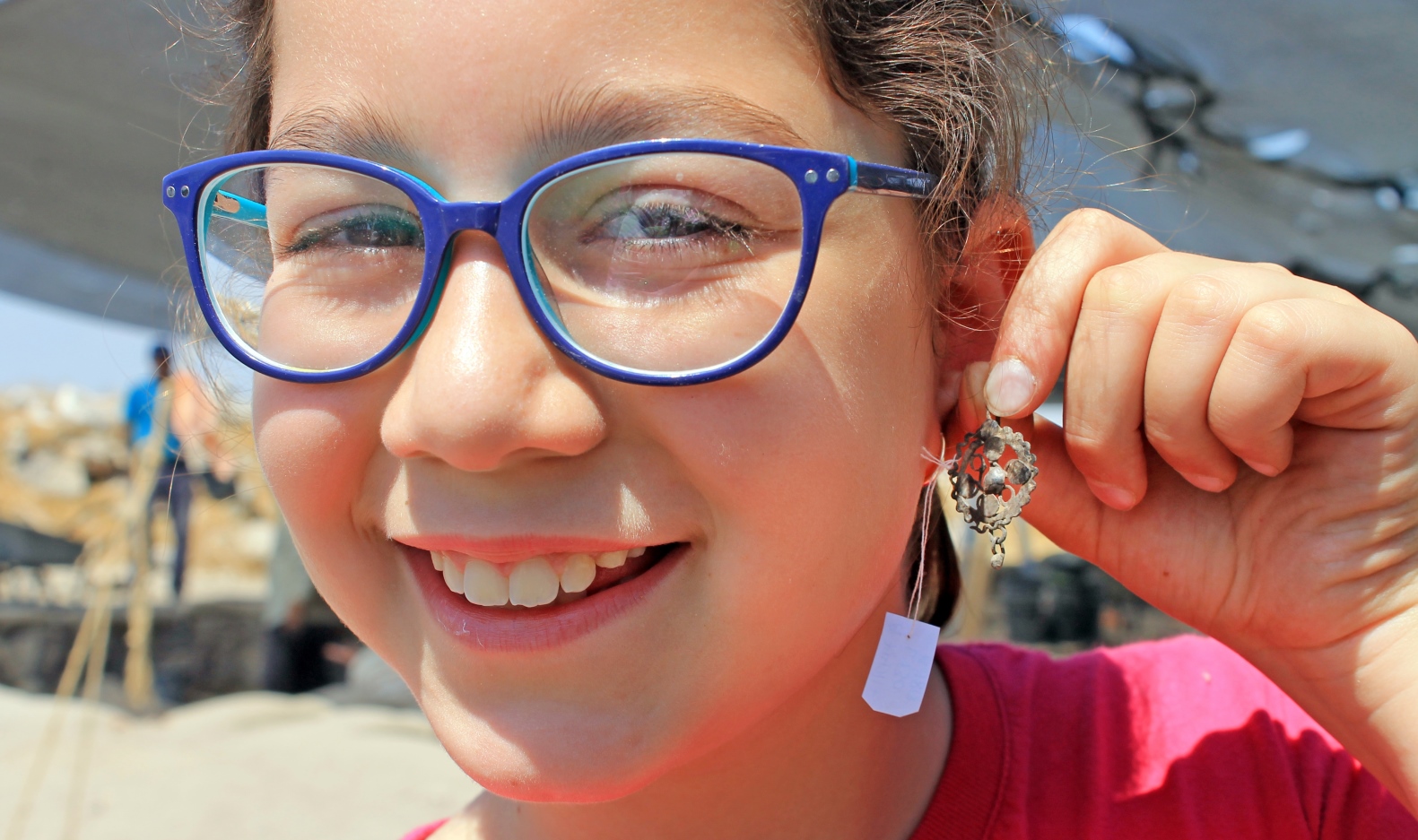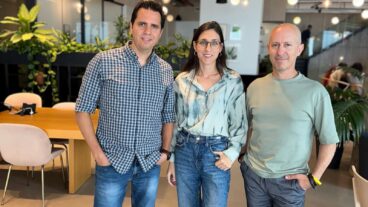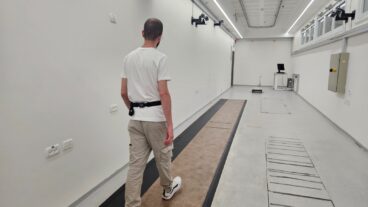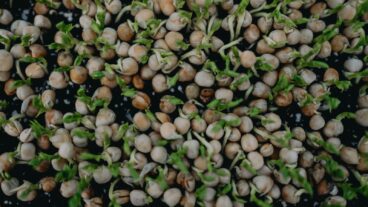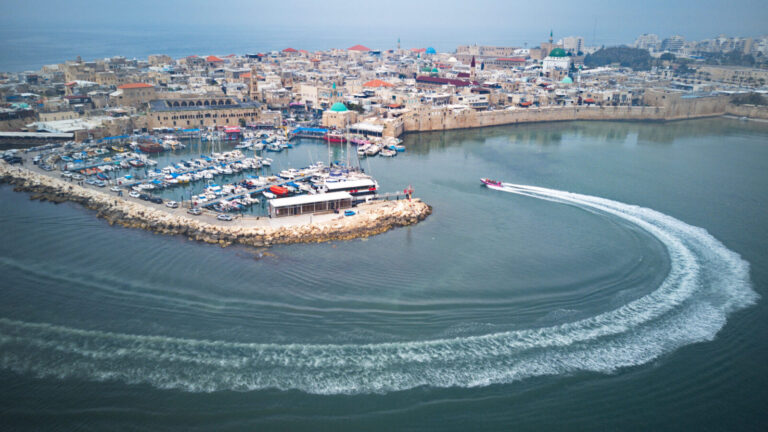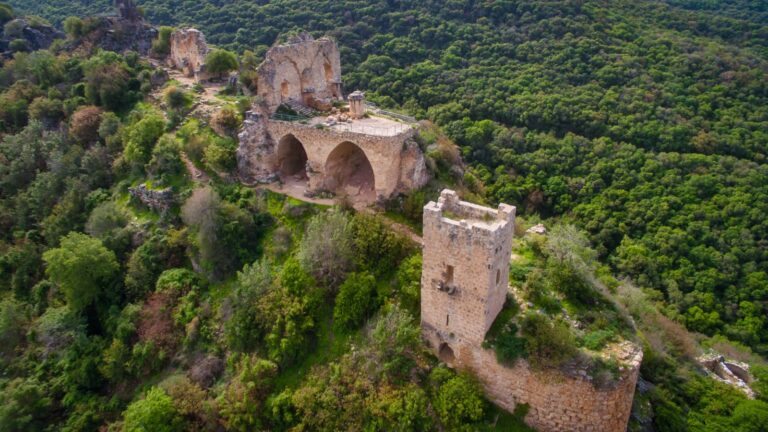If you ever wondered who did most of the cooking in medieval Israel, a Crusader fortress in the city of Modi’in will put those doubts to rest: it was the women.
While excavating an archaeological site called Givat Tittora, diggers uncovered a treasure of coins, rings, bracelets and cosmetic tools among the cooking pots, jars, serving dishes and ancient clay ovens.
Most of the jewelry was found by a volunteer archaeologist, Mati Yohananoff, a regular participant in the Givat Tittora excavation. “These finds indicate the kind of activity traditionally associated with women’s domestic work,” he said.
“It seems that the cooks of the time were not sufficiently careful with the jewelry they wore while cooking and baking,” explained Avraham Tendler, excavation director for the Israel Antiquities Authority.
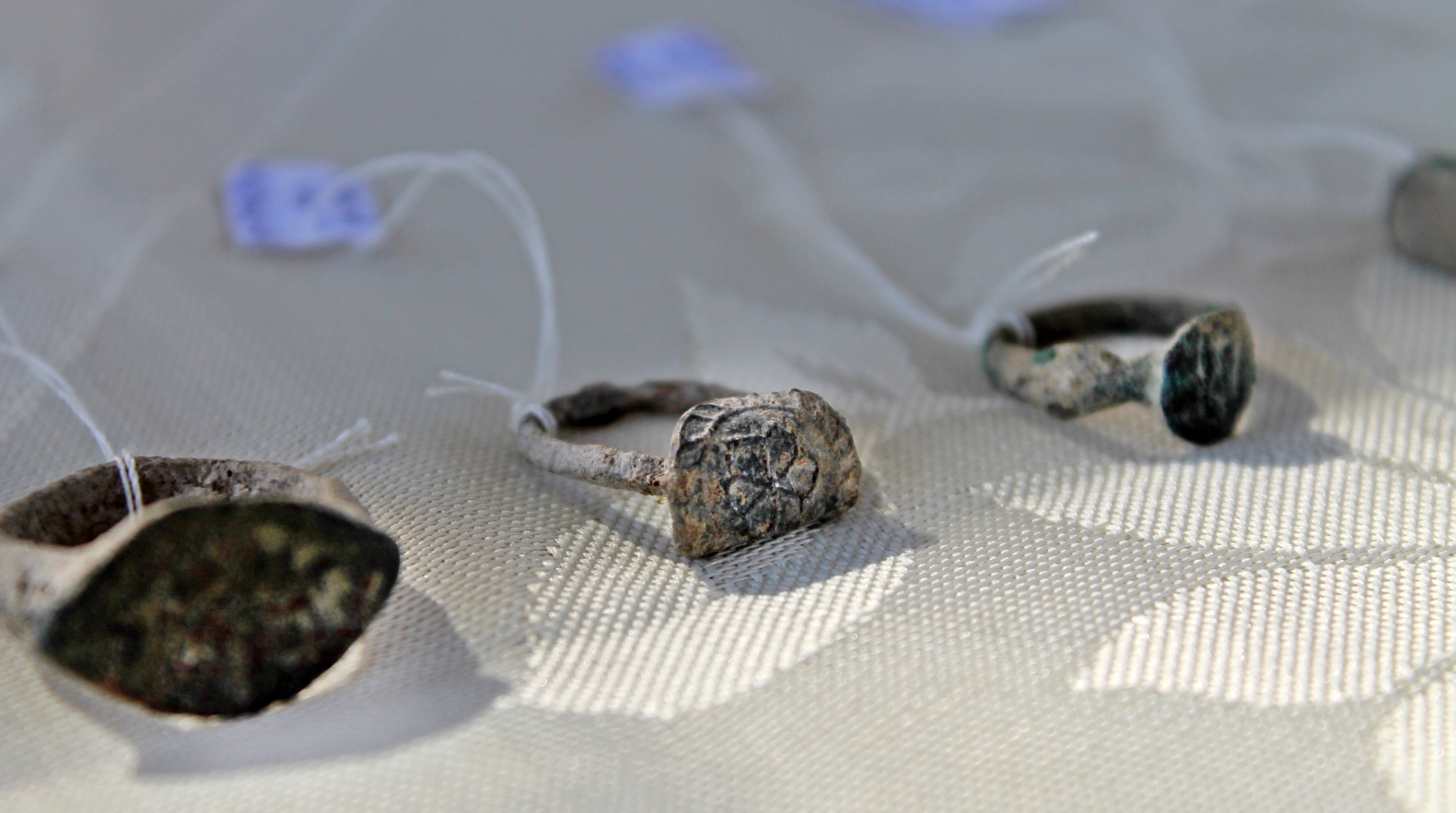
The excavations are taking place in the inner courtyard of a 900-year-old Crusader fortress. Remains of food – such as olive pits, pulses, charred grape seeds and animal bones – were also found at the site.
The Israel Antiquities Authority is putting students to work as part of a cultural-educational project organized in cooperation with the Modi’in-Maccabim-Re’ut municipality. Every day, a class of schoolchildren comes to the archaeological site along with other local volunteers.
The Antiquities Authority said the project’s goal is “to provide residents of all ages with the opportunity to uncover their town’s cultural heritage directly.”
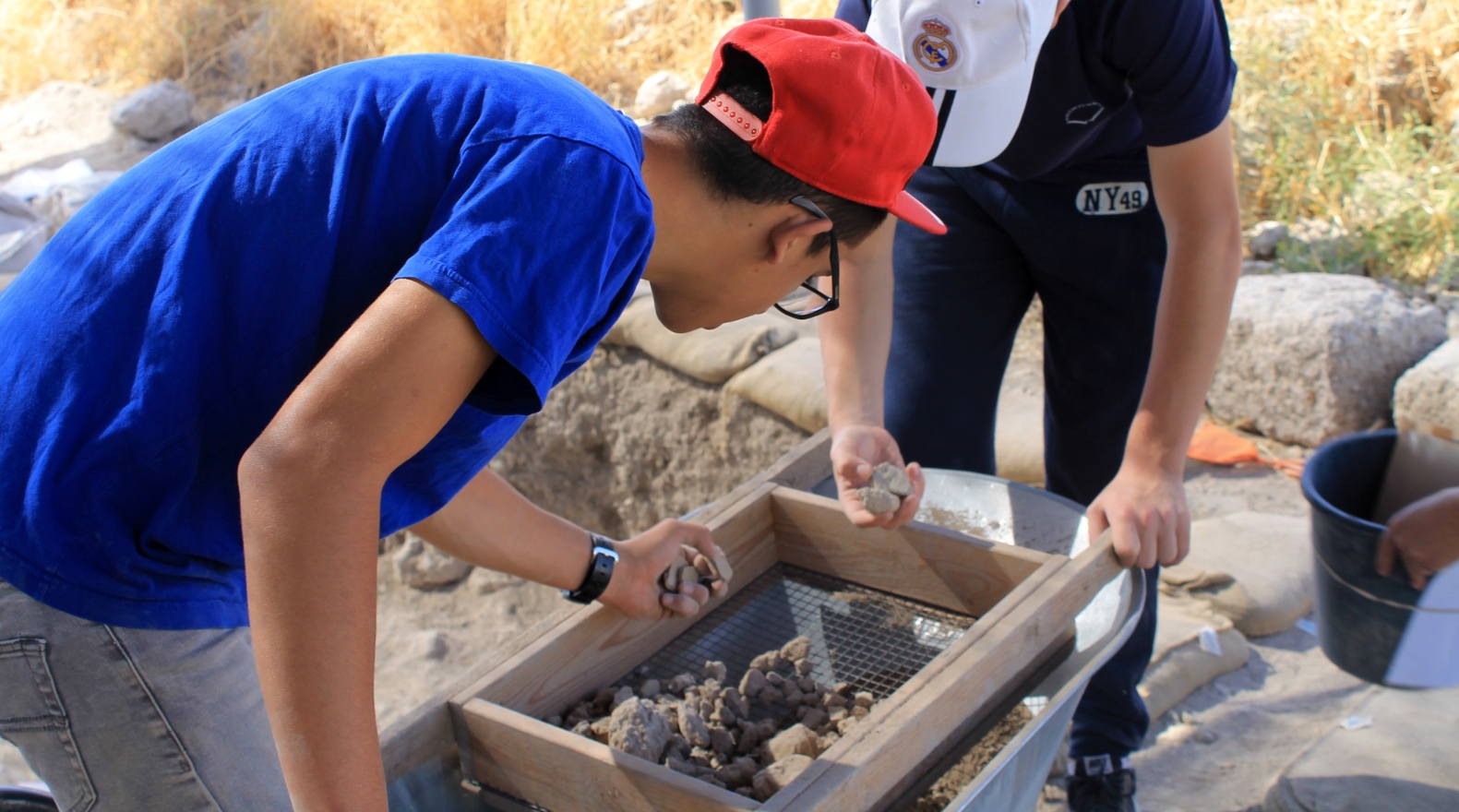
In a strategic location on the main ascent route from the coastal plain to Jerusalem, Givat Tittora has been settled for some 6,000 years, since the Chalcolithic period. The municipality hopes to establish an urban nature park on the hill, making it more accessible to the general public.
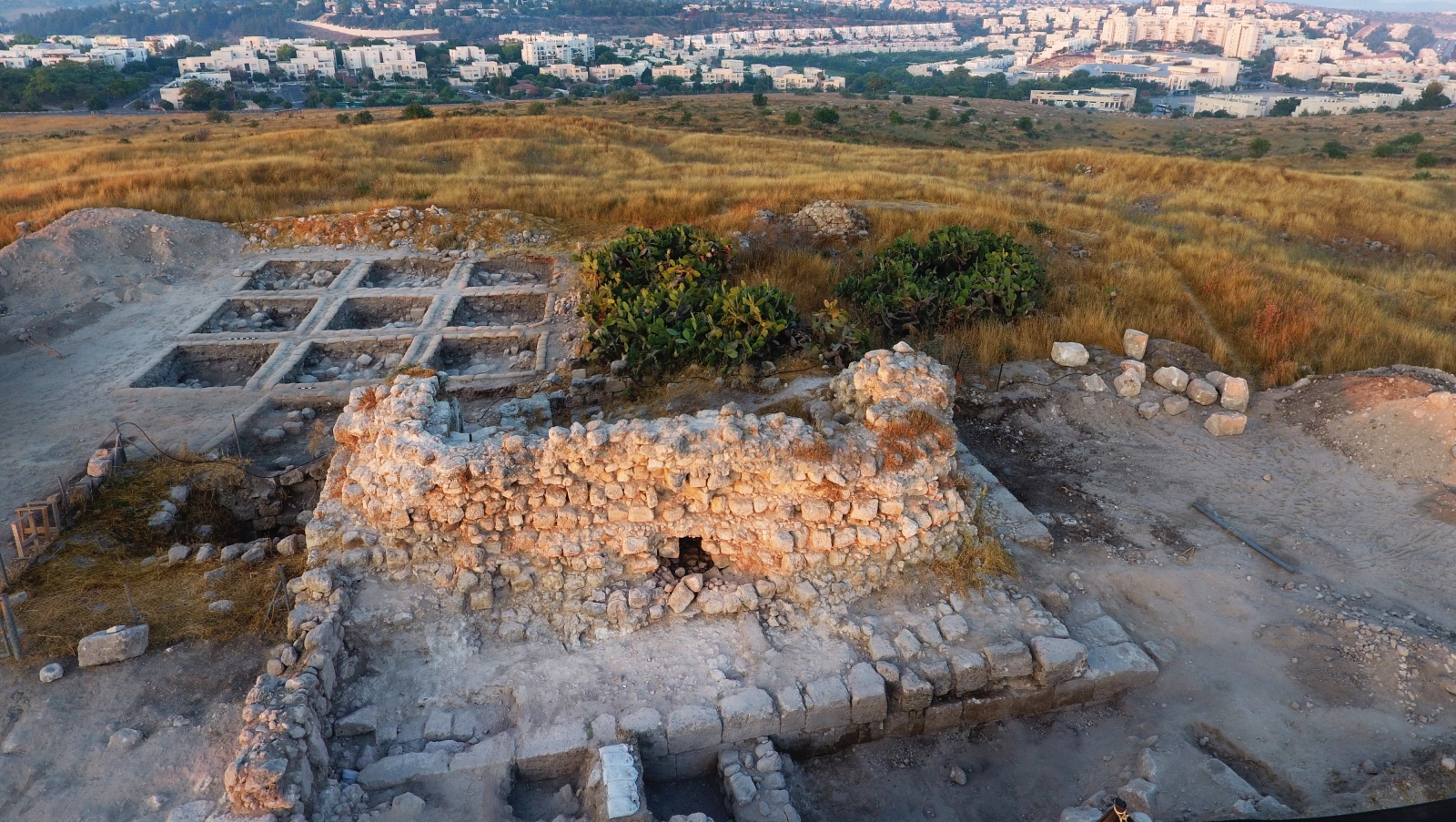
Meanwhile, the Antiquities Authority plans to continue the cooperative excavation project for many years “to enable residents to carry on peeling away at the [hill’s] ancient layers, exploring its treasures, and being connected to them in an exciting, hands-on way.”




